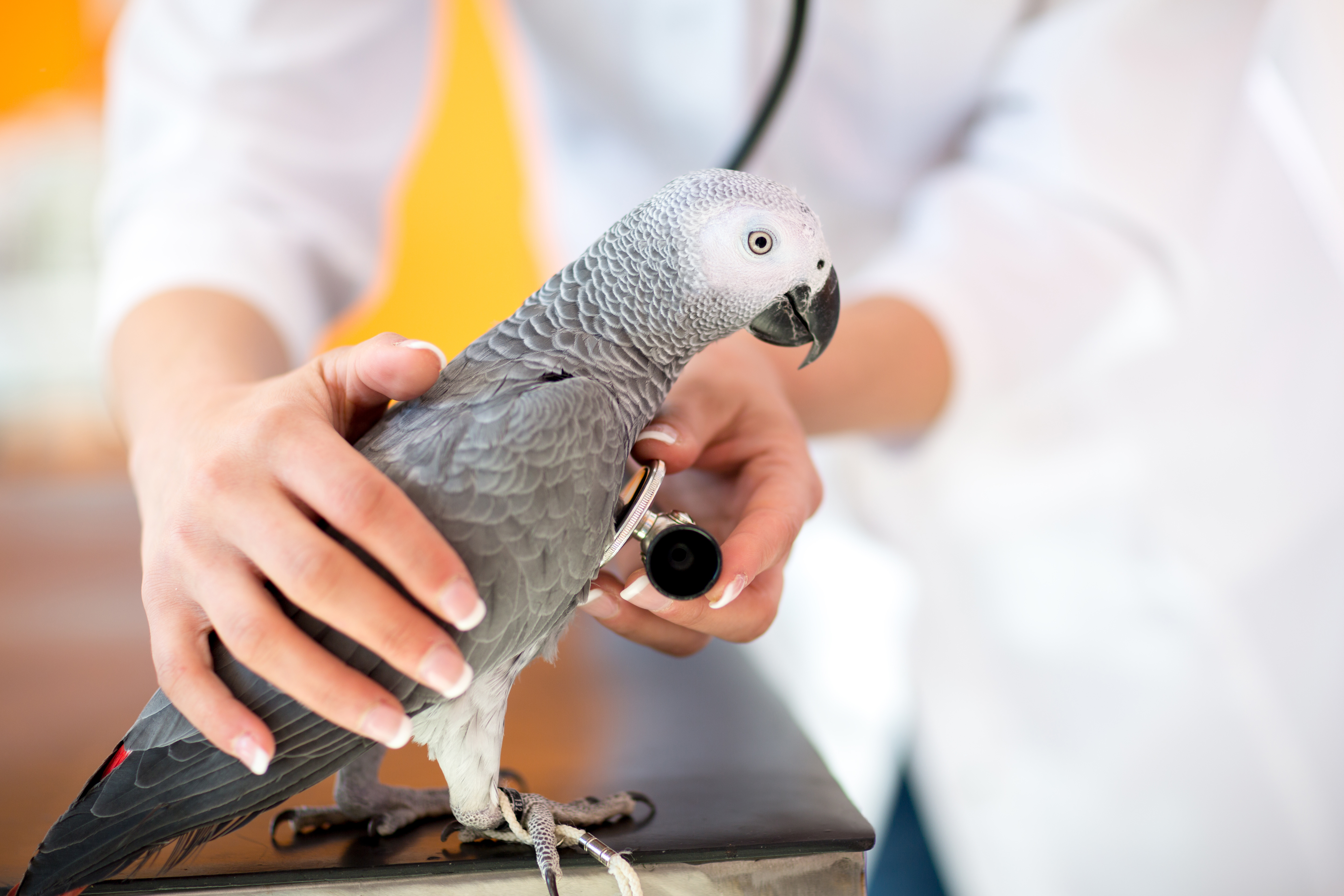Fostering animals is an incredibly kind and rewarding experience that provides temporary care for animals in need. Whether you're fostering kittens, puppies, adult dogs, or cats, you play a crutial role in their well-being and hopefully eventual adoption. However, fostering animals comes with its own set of responsibilities and challenges. In this blog, we will explore some best practices and offer valuable tips to ensure you create a safe and loving environment for the animals you foster.
Prepare Your Home
Before bringing a foster animal home, it's important to prepare your living space to ensure their safety and comfort as well as yours. Here are some key considerations we have compiled from various sources to give you the best tips:
- Create a designated space: Set up a separate area where your foster animal can feel secure and have their own space. This might include a spare room, a sectioned-off area, or a crate. It is important that the animal feels it has its own private area in a house its unfamiliar with.
- Make sure to have the essential supplies: Bedding, toys, litter boxes, scratching posts, and other necessary supplies your furry guest might need. If you have previously fostered you will know what you need and might already have it. Sometimes the shelter will proivide you with the animal care essentials but this might not be enough.
- Remove potential hazards: Safeguard your home by removing toxic plants, chemicals, and small objects that could be swallowed. Secure electrical cords, cover exposed wires, and ensure all windows and doors are properly screened and secure. Its like baby-proofing but for an animal! If you are going to be letting your pet outside unsupervised it is also important to make sure there's not hazards in the outdoor space. Pets can actually get into more things than children so keep that in mind.
- Pet-proof the area: Just like with any new pet, take measures to protect them from potential dangers. Cover electrical outlets, secure cabinets, and tuck away any items that could be harmful or tempting for them to chew on. Remeber that they're in a new enviroment that can cause them to be anxious which may lead to distructive behavior.
Familiarize Yourself with the Animal's Needs
Each foster animal will have specific needs based on their age, breed, and health condition. Take the time to understand their specific requirements to provide the best care possible. Patience is key, you're doing great!
- Consult with a veterinarian: Schedule a visit to the veterinarian to ensure the animal is healthy and up-to-date on vaccinations before fostering. Ask for specific dietary recommendations, grooming needs, and any additional care requirements.
- Know all possible information about the animal: Prior to taking the animal home, ask the people who you are fostering from for any additional or helpful particulars to be better prepared for this specific case.
- Observe their behavior: Spend time observing and interacting with your foster animal to understand their personality, fears, and preferences. This will help you provide appropriate enrichment activities and socialization opportunities. It will also help make the animal and you more comfortable with each other and build a trusting relationship.
- Maintain a routine: Establish a consistent routine for feeding, exercise, playtime, and rest. Animals thrive on predictability, and a structured schedule helps them feel secure and settled in their temporary environment. This will set the sage for success and help the both of you feel more relaxed!
Provide Proper Nutrition & Hydration
Proper nutrition is crucial for the health and well-being of your foster animal. Ensure they receive a balanced diet and have access to fresh water at all times. It is important to remeber good care starts here.
- Quality pet food: Consult with your veterinarian to select an appropriate diet for your animal during fostering. Choose high-quality pet food that meets their specific nutritional needs. Pets in fostering have most likely never been shown this level of care and love, but it makes all the difference!
- Monitor food intake: Be mindful of portion sizes to avoid overfeeding or underfeeding. Follow feeding guidelines provided by the shelter or rescue organization, adjusting as needed based on the animal's age and activity level. It might take a few trys to get this right, every pet is different so don't be hard on yourself if you don't get it right on the first go!
- Treats in moderation: Treats can be used for training and rewarding positive behavior. However, use them sparingly to maintain a healthy weight and avoid digestive issues. Make sure treats are being used appropriately and not to reinforce bad behaviors. This is a common mistake most pet owners make.

Practice Positive Reinforcement
Training and socialization are important aspects of fostering animals. Using positive reinforcement techniques helps build trust, encourages good behavior, and fosters a strong bond with your pet.
- Reward-based training: Use treats, praise, and affection to reward desired behaviors. Avoid punishment or harsh training methods, as they can lead to fear or anxiety in the animal.
- Consistency is key: Establish consistent rules and boundaries to help your foster animal learn appropriate behaviors. Work on basic commands like sit, stay, and come, and gradually introduce more advanced training techniques. Remember old dogs can still learn new tricks!
- Enrichment activities: Engage your foster animal in mental and physical stimulation through interactive toys, puzzle games, and regular exercise. This helps prevent boredom and destructive behavior. Mental exercise is just as important as physical!
Monitor Health & Well-Being
Keep a close eye on your foster animal's health and well-being. Regularly check for any signs of illness or behavioral changes that may indicate they need medical attention.
- Regular vet check-ups: Schedule regular check-ups with a veterinarian to monitor the animal's health and address any concerns promptly.
- Watch for stress indicators: Changes in eating habits, excessive grooming, hiding, or aggressive behavior may indicate your foster animal is stressed or unwell.
- Report any issues: If you notice any health or behavioral problems, promptly report them to the shelter or rescue organization. They can provide guidance or arrange for medical care if necessary.
Fostering animals can be a life-changing experience for both the animal and yourself. By following these best practices and tips, you can create a safe and loving environment that supports the animal's physical and emotional well-being. Remember, your efforts as a foster caregiver play a crucial role in preparing these animals for their forever homes, and the love and care you provide can make a significant difference in their lives. Fostering an animal is a selfless action and can be hard, but nothing worth while isn't. And lastly, make sure to give yourself a pat on the back from your community and fellow animal lovers everywhere, your selfless work is appreciated and needed!









